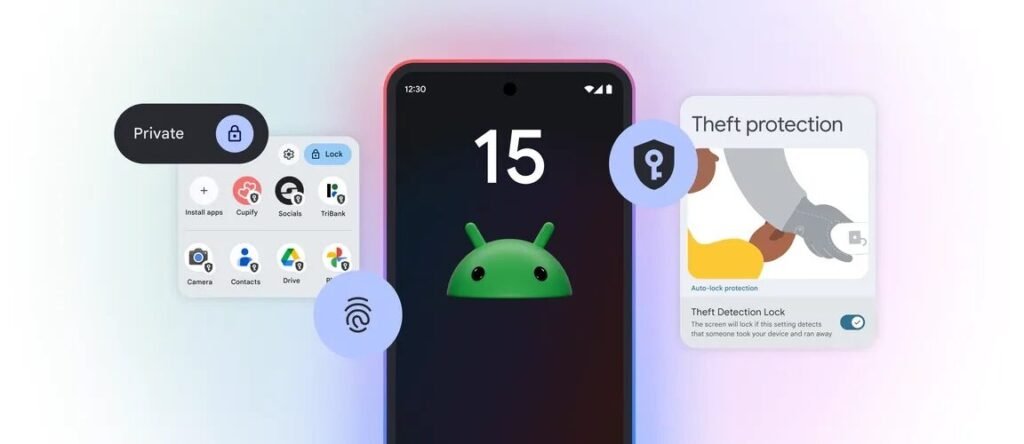Mass exploitation began over the weekend for yet another critical vulnerability in widely used VPN software sold by Ivanti, as hackers already targeting two previous vulnerabilities diversified, researchers said Monday.
The new vulnerability, tracked as CVE-2024-21893, is what’s known as a server-side request forgery. Ivanti disclosed it on January 22, along with a separate vulnerability that so far has shown no signs of being exploited. Last Wednesday, nine days later, Ivanti said CVE-2024-21893 was under active exploitation, aggravating an already chaotic few weeks. All of the vulnerabilities affect Ivanti’s Connect Secure and Policy Secure VPN products.
A tarnished reputation and battered security professionals
The new vulnerability came to light as two other vulnerabilities were already under mass exploitation, mostly by a hacking group researchers have said is backed by the Chinese government. Ivanti provided mitigation guidance for the two vulnerabilities on January 11 and released a proper patch last week. The Cybersecurity and Infrastructure Security Agency, meanwhile, mandated all federal agencies under its authority disconnect Ivanti VPN products from the Internet until they are rebuilt from scratch and running the latest software version.
By Sunday, attacks targeting CVE-2024-21893 had mushroomed, from hitting what Ivanti said was a “small number of customers” to a mass base of users, research from security organization Shadowserver showed. The steep line in the right-most part of the following graph tracks the vulnerability’s meteoric rise starting on Friday. At the time this Ars post went live, the exploitation volume of the vulnerability exceeded that of CVE-2023-46805 and CVE-2024-21887, the previous Ivanti vulnerabilities under active targeting.

Systems that had been inoculated against the two older vulnerabilities by following Ivanti’s mitigation process remained wide open to the newest vulnerability, a status that likely made it attractive to hackers. There’s something else that makes CVE-2024-21893 attractive to threat actors: because it resides in Ivanti’s implementation of the open source Security Assertion Markup Language—which handles authentication and authorization between parties—people who exploit the bug can bypass normal authentication measures and gain access directly to the administrative controls of the underlying server.




